SUNDANCE: Robert Redford and George Lucas helped kick off Sundance’s new Art Of Film Weekend programme with the Visions Of Independence panel at The Egyptian Theatre.
Joined by critic Leonard Maltin, the film pioneers spoke on Thursday (January 29) about their early days in the film industry and their contributions to the evolution of independent cinema.
Maltin started by asking the pair what made them fall in love with film.
The early years
Redford recalled growing up in the working class neighbourhood of Van Nuys and spending Saturday nights at the cinema with his family.
“You would see two movies and before they started you’d often watch a Pathé news reel [showing footage from World War II] and short films from Pete Smith [known for his short film series Pete Smith’s Specialties]. That really tied me into the idea of storytelling,” said the Sundance Institute founder and president.
Lucas had a different memory. “I would go to the movies every once in a while, but mostly to chase girls. I was more interested in cars and art and photography.”
The Star Wars creator says it was by chance that he ended up at the University Of Southern California’s (USC) film school.
“My dad wouldn’t let me go to art school [for financial reasons] – so a friend suggested I go to film school. I remember thinking, ‘Why would anyone go to school to learn to make movies?’”
The director’s experience at the university gave him a newfound appreciation for arthouse film.
“People think I grew up drawing space soldiers, but that’s not right at all. I loved drawing cars,” said Lucas.
“And then I fell into the crowd that went up to San Francisco and watched underground films from directors like Bruce Connor and George Kuchar. I wasn’t into dramatic storytelling at all – I wanted to make experimental films.”
Influential figures
Redford recalled two teachers that encouraged him not to give up and said had it not been for them he might not be where he is today.
The first tutor negotiated his focus in the classroom with weekly show-and-tell presentations of his cowboy and indian drawings, while the second urged him to stay enrolled in the American Academy Of Dramatic Arts – a time when he insists he would do anything not to perform in front of an audience.
Fast forward to the Warner Brothers lot circa 1966. Lucas remembers starting an internship the day Jack Warner was leaving.
“Seven Arts [Productions] had bought out the studio, so it was like a ghost town,” he said. “The only film being shot was by some kid five years older than me who had a bushy beard.”
Rather than spend time on set where a young Francis Ford Coppola was directing Fred Astaire in Finian’s Rainbow, Lucas derived greater pleasure working in the abandoned animation department with a stack of left-over film stock.
When Coppola confronted him about his absence, Lucas clearly recalls saying, “I think you’re boring. I don’t like plots and character-driven stories – cinema is pure – it’s not photographing a stage play.”
Aside from being the only two guys on set with beards and under the age of 60, Lucas says their friendship was sealed over their unbridled passion to flee Los Angeles and ‘the establishment’ for San Francisco’s more relaxed vibe.
Leaving ‘the establishment’
“Francis had been the first kid to make it out of film school,” said Lucas. “He made money from his writing position at Seven Arts where he turned books into screenplays – such as Patton and Is Paris Burning?”
“When we went up to San Francisco, Francis was able to invest in about $50,000 worth of equipment. This was the start of our independent set-up. But we also knew we still had to go to the studios to beg for money.”
“Of course they ended up taking our money away and that was the end of that – but we did develop scripts like The Conversation and Apocalypse Now.”
To make ends meet, Coppola went off to work on “that Italian movie” [The Godfather] while Lucas made Oscar nominee American Graffiti.
Foray into independent film-making
Redford had become the golden boy within the studio framework but he wanted to show the more complex side of America.
“Everything after the war [Vietnam] was centred around ‘we are the best.’ But I saw America in a grey zone,” said Redford.
“I went to Warner Brothers and asked if I could make three films about money, politics and sport. They said yes – as long as it was under $1.5 mil.”
“That’s when I made Downhill Racer, The Candidate and Jeremiah Johnson. I felt I was so lucky I could tell stories about the America I saw.”
The origins of Sundance
Disenchanted with the changes in Hollywood, Redford left Los Angeles for Utah in 1980.
“There was no room for independent film anymore – everything was becoming more centralised. I could see there was going to be a gap.
“So I went and got a $25,000 government grant and started the Sundance non-profit workshops. But five or six years into the labs, I realised there was no place for these film-makers to go.
“I thought if we have a festival, we could bring people together to show their work. That’s when we introduced the festival with around 25 films and a few documentaries all screening in this one theatre.
“But I didn’t anticipate the public’s interest – people started coming from Los Angeles and other cities to have a wider choice in the market place. Now we work in changing the course of film-making, distribution, television, technology – but the labs are still my favourite.”
Making Star Wars
After American Graffiti, “I was a huge success,” recalls Lucas.
Rather than up his $120,000 fee in his deal memo, the film-maker negotiated all rights to the two Star Wars sequels that completed the trilogy.
“They [Fox] were operating under the [belief that] Star Wars would be a turkey, so once I got licensing rights that meant we could have fun advertisting it. I wanted to make T-shirts, posters, take people to Disneyland. And then we went to a toy company and created these small action-figures. People weren’t doing that in those days.”
Building post-production facilities
“I have never made a movie in Hollywood so I have always needed my own stuff,” said Lucas. “I had to invent ways to do things cheaper and simpler.
“I thought we can take the computers and make editing better. And then I started learning about digital technology and VFX. I didn’t want the story to be limited because of technology.”
Looking back Lucas declares himself either “really smart, or really stupid.” He invested everything he had and took out two bank loans in an effort to become the sole investor in the second film in the trilogy – The Empire Strikes Back.
“Luckily, it worked,” he said with a laugh.
“I remember having 45 people working out of my garage, working on films like E.T. I had to keep building new studios since we kept running out of room.”
Those ventures worked too – from his own production entity Lucasfilm to the more specialised technical subsidiaries Industrial Light And Magic and Skywalker Sound.
Working independently
“Everyone said you can’t make movies outside of Los Angeles. But Francis and I were adamant you can make movies anywhere in the world,” said Lucas.
The studios, however, didn’t understand. “Studio executives are generally not the most sophisticated of people. You don’t want to go there and be oppressed by people not as smart as you are.”
“[The executives] said American Graffiti sounded like an ‘Italian movie about feet,’” he said by way of example. “They didn’t even understand what graffiti was.”
- The Art Of Film Weekend continues through the festival’s final weekend that concludes Sunday February 1. Other collaborative artists lined up to speak include directors Edgar Wright and Bryan Buckley (The Bronze) along with composer Harry Gregson-Williams and editor Sarah Flack.

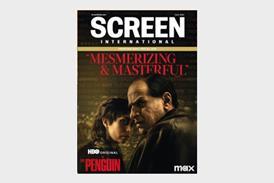
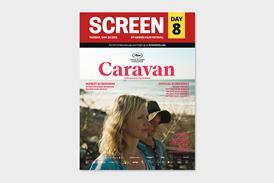
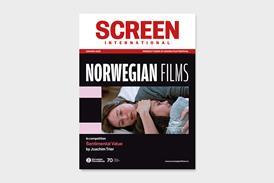

![Benjamin Kramer Headshot Photo Credit_CAA[40][40]](https://d1nslcd7m2225b.cloudfront.net/Pictures/274x183/6/6/4/1455664_benjaminkramerheadshotphotocredit_caa4040_107707.jpeg)
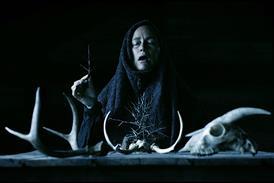
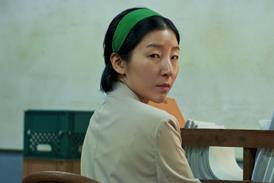
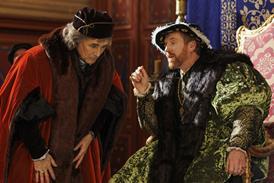
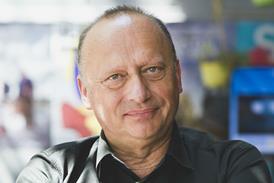


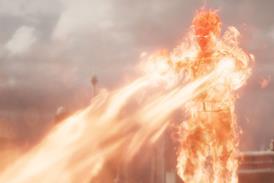

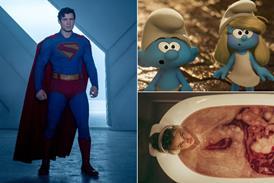

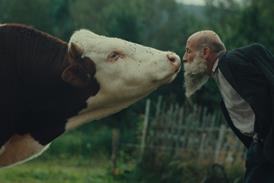
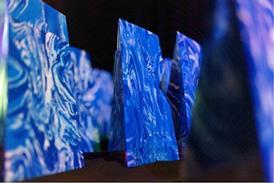







No comments yet